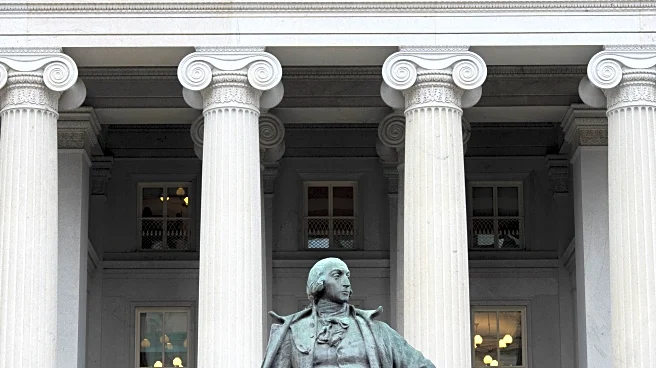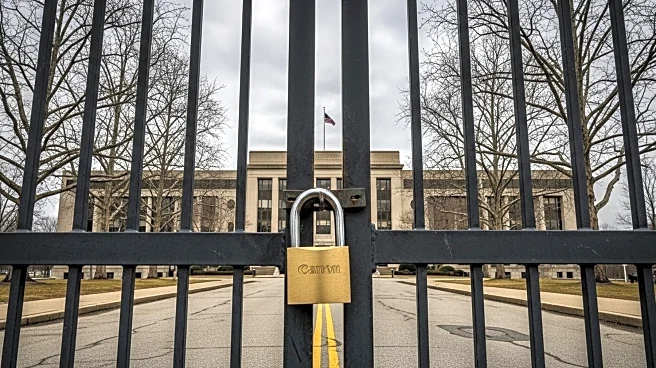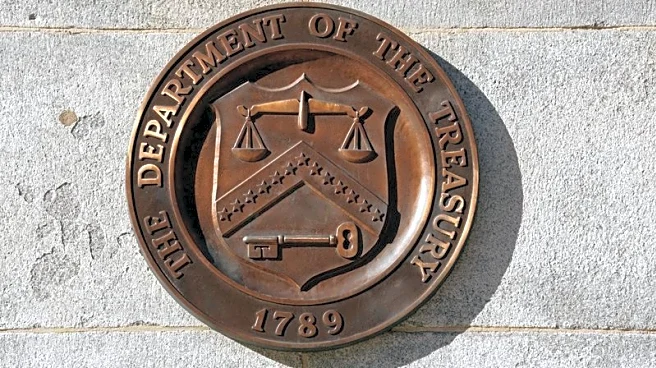What is the story about?
What's Happening?
The new federal tuition tax credit, signed into law by President Trump, offers a $1,700 tax credit for contributions to scholarship granting organizations (SGOs) in states that opt into the program. This nonrefundable credit allows taxpayers to subtract the full amount from their federal taxes, provided it is less than they owe. Eligible SGOs must be 501(c)(3) nonprofits, dedicating at least 90% of their income to scholarships for students within the same state. The program's implementation depends on rules to be crafted by the Treasury Department, with potential impacts on state-level tax credits and educational funding.
Why It's Important?
The federal tuition tax credit represents a significant shift in educational funding, potentially influencing school choice and educational access. It offers financial incentives for taxpayers to support educational initiatives, impacting the landscape of K-12 education. The program could affect contributions to existing state-level tax credits, altering funding dynamics and priorities. The credit's implementation may also influence political debates and state decisions, as stakeholders assess its implications for educational policy and funding.
What's Next?
The Treasury Department will develop rules for the program's implementation, determining eligible expenses and state participation. States must decide whether to opt into the program, with potential variations in participation year by year. Stakeholders, including educators, policymakers, and taxpayers, will monitor developments and assess the program's impact on educational funding and access. The program's success could influence future educational policies and funding mechanisms, shaping the landscape of school choice.
Beyond the Headlines
The federal tuition tax credit highlights the evolving role of the federal government in educational funding and school choice. It reflects broader trends in educational policy, with increased emphasis on financial incentives and choice mechanisms. The program's implementation could influence political dynamics and educational priorities, as stakeholders navigate its implications for funding and access.
AI Generated Content
Do you find this article useful?














